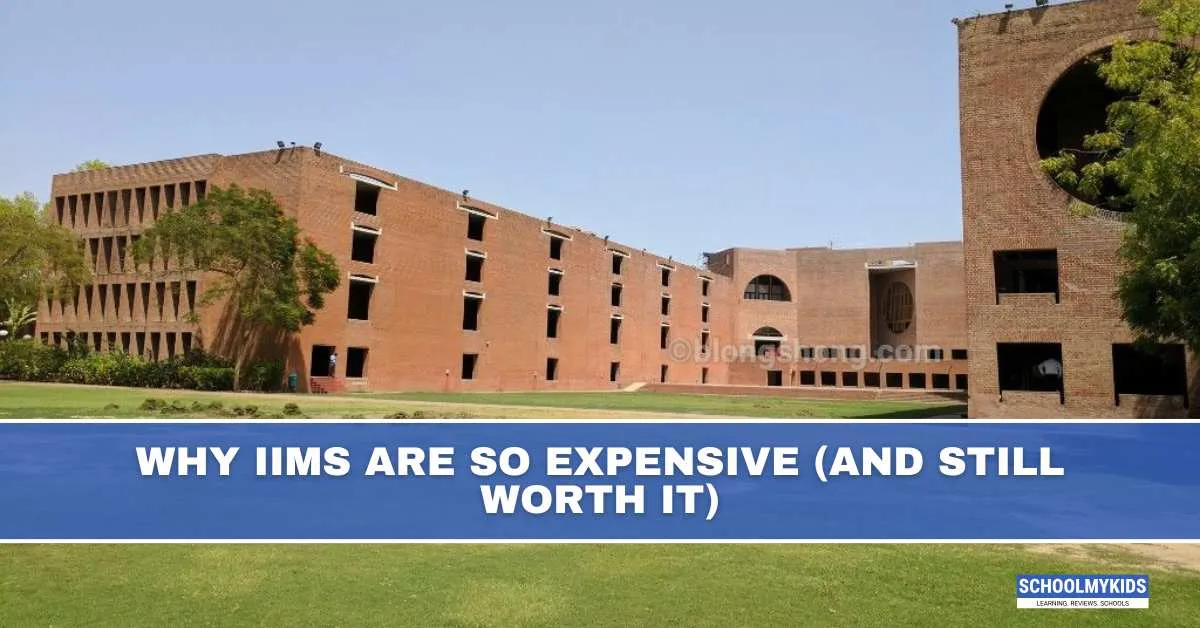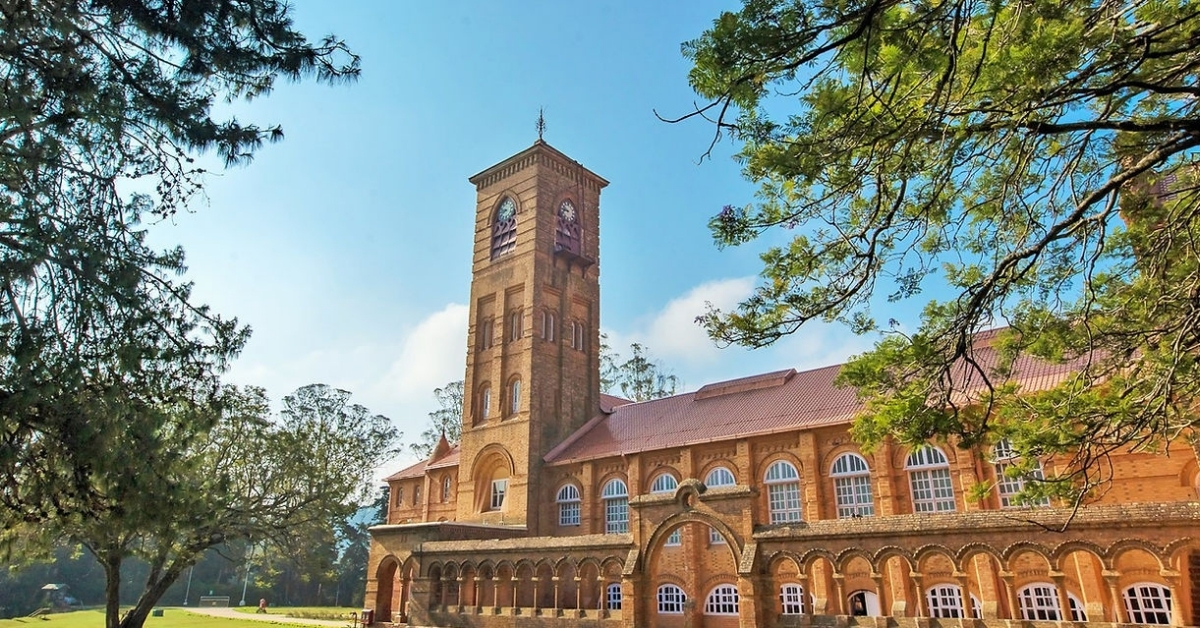The Indian Institutes of Management (IIMs) are among the most prestigious business schools in India—and increasingly, the world. Yet, as their reputation has grown, so have their fees. In recent years, the cost of a two-year MBA program at top IIMs has crossed ₹25–30 lakhs. This raises an important question: Why are IIMs so expensive, and are they still worth the investment?
The answer lies in the unique blend of academic excellence, industry alignment, and return on investment that IIMs continue to offer.
Understanding the Cost Structure
1. Self-Sustaining Institutions
Unlike central universities, most IIMs operate as autonomous, self-funded institutions. While the older IIMs (like Ahmedabad, Bangalore, and Calcutta) received initial government support, they now largely depend on tuition fees, executive education, consulting, and donations to fund operations and expansions.
2. World-Class Faculty and Research
IIMs attract top-tier faculty, many of whom hold doctoral degrees from reputed international institutions. Competitive salaries, funding for research, and participation in global conferences contribute significantly to operational costs.
3. Modern Infrastructure
State-of-the-art campuses, smart classrooms, high-speed internet, well-stocked libraries, hostels, gyms, and innovation labs require large capital investments and ongoing maintenance. Newly established IIMs also need to build infrastructure from scratch.
4. Global Collaborations and Accreditation
Top IIMs aim for global accreditations such as AACSB, EQUIS, and AMBA. These not only ensure quality but also involve rigorous and costly evaluation processes. International collaborations, exchange programs, and visiting faculty add to the cost base.
5. Student Services and Career Support
Career development services, placement cells, leadership labs, student clubs, and alumni networks require resources. IIMs also host corporate events, seminars, and internships—often subsidized to maximize student exposure.
Fee Structure Across IIMs (Indicative)
| IIM | Approx. Fees (2 Years) |
| IIM Ahmedabad | ₹25–30 lakhs |
| IIM Bangalore | ₹24–28 lakhs |
| IIM Calcutta | ₹23–27 lakhs |
| IIM Lucknow | ₹20–24 lakhs |
| IIM Kozhikode | ₹20–23 lakhs |
| Newer IIMs (e.g., Nagpur, Ranchi) | ₹15–19 lakhs |
Note: Fees include tuition, hostel, mess charges, and academic expenses but exclude personal and travel expenses.
Financial Aid and Scholarships
Despite the high fees, IIMs are committed to making education accessible:
- Need-based Financial Assistance: Available for students with family incomes below a threshold (usually ₹6–8 lakhs annually).
- Merit Scholarships: Offered by IIMs and corporate sponsors based on academic performance.
- Education Loans: Most banks offer collateral-free loans for IIM students, thanks to high placement records.
- Deferred Fee Payments: Some IIMs allow installment-based or deferred payments for students with financial constraints.
Return on Investment (ROI): Still Worth It?
1. Placement Packages
Graduates of top IIMs often receive average CTCs of ₹25–35 lakhs (domestic), with international offers going even higher. Even newer IIMs report healthy average salaries of ₹14–20 lakhs.
2. Rapid Career Growth
IIM alumni frequently enter fast-track leadership roles in sectors like consulting, finance, tech, and entrepreneurship. A top B-school tag enhances long-term earnings, visibility, and network access.
3. Global Recognition
IIM graduates increasingly find acceptance in international markets, business schools, and leadership positions. Global recruiters trust the IIM brand, especially from older campuses.
4. Strong Alumni Network
The IIM network—across public and private sectors—is one of the most powerful in India. Alumni often return as recruiters, mentors, or even angel investors.
Criticisms and Concerns
- High Stress and Competition: The academic environment can be intensely demanding, affecting mental well-being.
- Exclusivity: High fees and competitive entry create an elite ecosystem, potentially limiting diversity.
- Debt Pressure: While placements are strong, not every graduate lands a high-paying job, especially in niche or public-interest sectors.
Conclusion
Yes, IIMs are expensive. But they offer a premium education backed by global exposure, lifelong networks, and some of the best career outcomes in Asia. For most students, especially those aiming for top-tier management roles, the investment is justified by the rapid returns and enduring professional growth.
As long as candidates are financially prepared (or willing to leverage scholarships or loans), an IIM MBA remains one of the most valuable educational investments in India.









Be the first one to comment on this story.